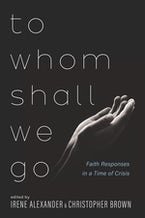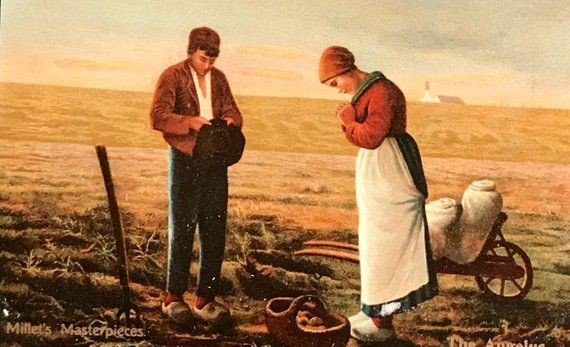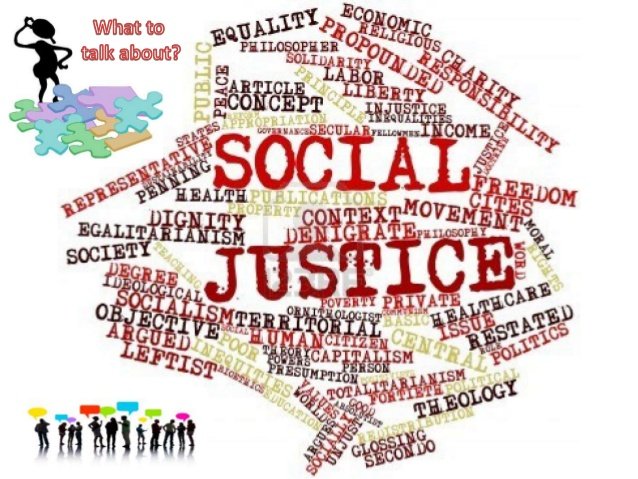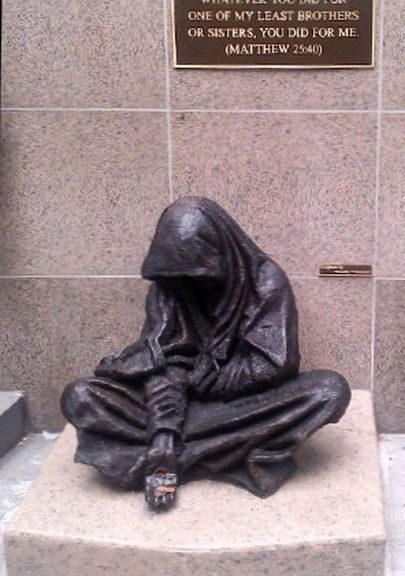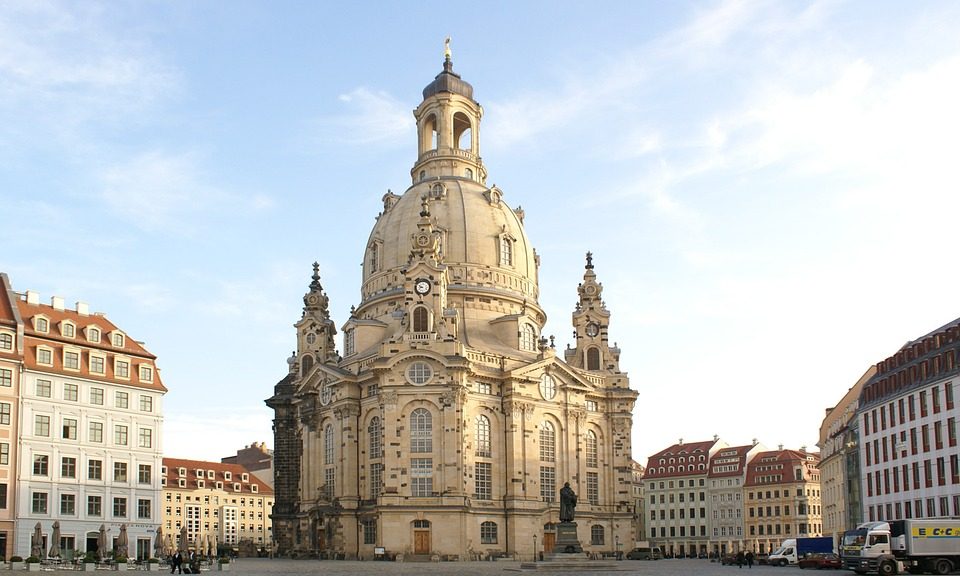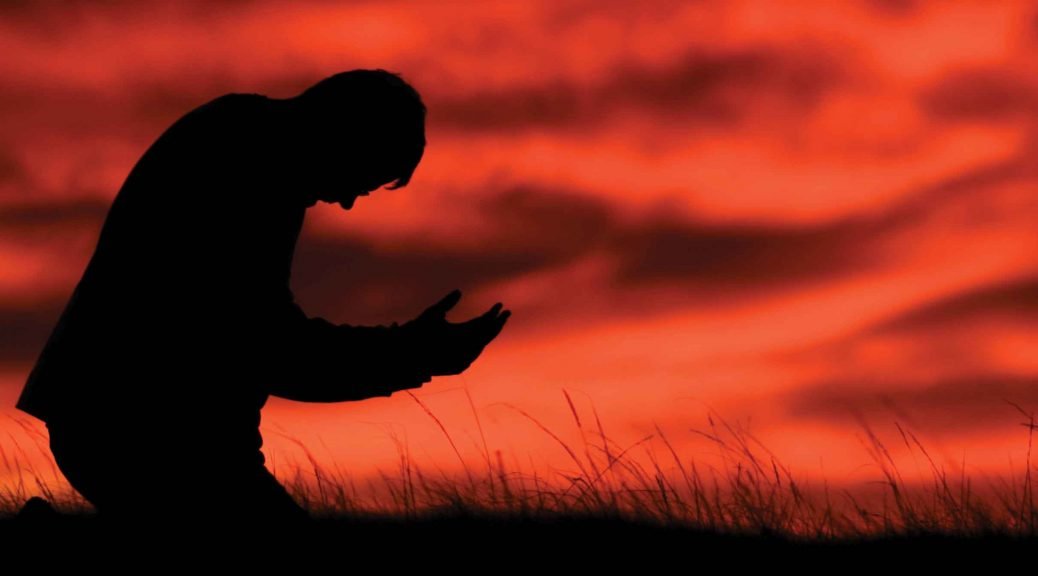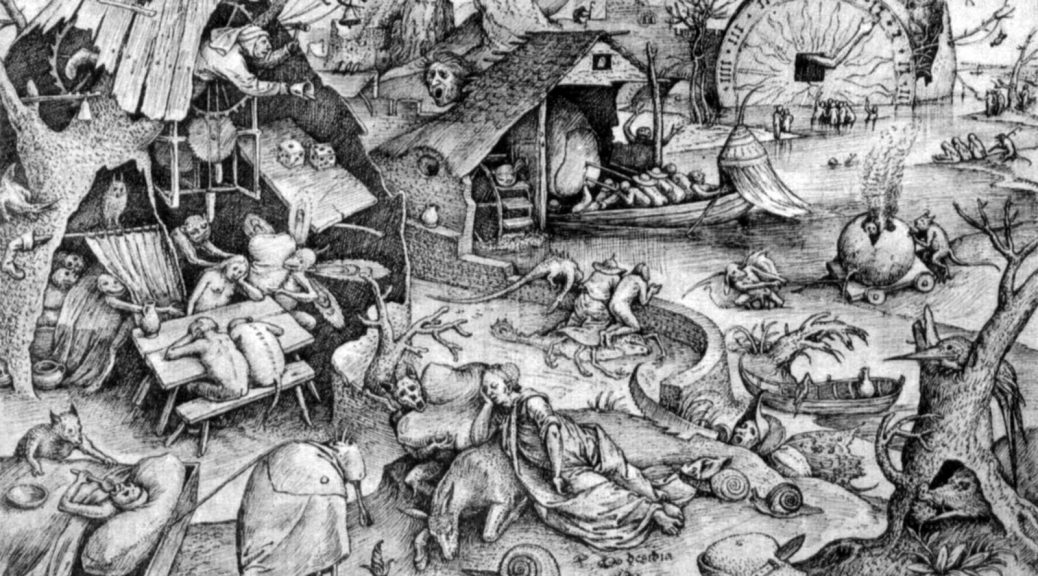Dresden – by John Davis tssf
On Sunday 16th August 1970 I caught a train from Prague to Dresden. I had a compelling connection to a place I had never seen. ‘My city’ I called it in my travel diary. The visit had been four years in the making, against quite considerable odds. Anyone who knows me reasonably well will have sooner or later heard me talk about Dresden, with an evident depth of feeling and commitment. This expanded reflection is a COVID-19 lockdown project from the last few days that might go a way to explaining just a bit more. It is offered with love and respect to the people of Dresden, both today and yesterday.
‘Dresden’ needs to be seen in the context of my broader conviction as an historian that attempting to wrestle deeply with what happened in and to Germany in the first half of the 20th century offers opportunity for a careful case study in the human condition. Taking that idea further, ‘my city’ has to a significant extent been especially formative for me, for my struggle to come to grips with the problem of good and evil and in particular the confronting truth that good people can be complicit in bad things. The struggle too to acknowledge that ‘we’ are part of our past and finally that compassion for the helpless and the vulnerable is a heartland virtue. To a very considerable degree these issues have remained with me all my life both as an historian and as a priest. Perhaps that goes some way towards explaining why I keep returning to this intellectual, geographical and indeed spiritual space, that I feel compelled to write about it now, fifty years later.
The origins of this intellectual and emotional searching go back to a University of Adelaide history honours stream tutorial in 1966: Military history with a special focus on Nazi Germany and the Second World War. That was only 21 years on from the end of that upheaval. Our lecturer and tutor had himself been with the British Army, including the liberation of the Belsen concentration camp near Hamburg. So the wartime generation was all around us, now in their 40s and 50s. Until then I don’t think I had heard about the bombing of Dresden or the broader moral issue around the bombing offensive. It was a total revelation. I can remember being quite unreasonably angry with my poor father as representative of that generation. The closest he got to Dresden was in the medical corps in Tobruk. He did what he had to do in his generation. I was in the process of working out what I had to do in mine.
The destruction of Dresden was of course just one series of events in amongst all the tumult that was the Second World War but somehow for me it became a developing focus, a clarifying prism. ‘Dresden’ became shorthand for all those pivotal questions that I could engage with, that I had to engage with. That conviction has never left me.
It was all of this that confronted and shaped the eighteen year old me in that history tutorial group. It was hard enough trying to put it all together at that age without the fact that my number had come up that year in the conscription ballot. In Australia in the late 1960s war and the conduct of war was not an abstract or distant issue. It wasn’t for me either.
Within the broader context of my study of military history and my own personal struggles, it was however this particular set of events, this breaking understanding, this whole confronting complexity of issues, this example of appalling human suffering and the willful destruction of our common cultural heritage that was for me so revealing of the demeaning ugliness of war.
At least for me, the obvious fact that the regime and the system we were at war with in WWII was itself one of the clearest manifestations of evil imaginable did not take away our own moral obligations or remove the ongoing implications of our own acknowledgement of a shared humanity, as we ourselves went through our decision making processes for our actual conduct of that war. That question is not merely specific to those decisions and actions in early 1945. Ultimately it is to do with values. Values that endure.
It occurs to me that throughout this narrative there are so many ordinary people, attempting to go about doing ordinary things in times of the utmost stress or danger. Most of them have no names – they are mostly categories of people like refugees or young children or old people or young mothers with prams, or rescue workers, or indeed young frightened airmen far from home. They are also the many people I talked to over the years about these things. People in the opera house, people at the City Museum, people on trains, people in churches, former air crew, the young me or indeed my young father. All these ordinary people populate these pages or are very close by. Many are dead but they are here in their thousands. There is a certain solid human dignity often to be found in the facing of overwhelming odds which is also often other-regarding. There is honouring to be done for those who suffer terribly at the hands of others. There is the question of truth telling and justice. There is reflection to be done about how things might be. This story is for all of them.
During and following that history tutorial year I had read everything I could find about the devastating British and American bombing raids on the pretty much untouched jewel that was Dresden just before the end of WWII. For a couple of centuries it had been an absolute must on any Grand Tour of Europe. It was a centre of learning and high culture with all the layered nuances of a large regional city going back to mediaeval times but with a particular flowering from the 18th century on. Elegant 19th and early 20th century residential areas featured treelined streets and fine squares. There was pride in the history and achievement of the prosperous capital of Saxony. Its relatively remote location near the Czech border had seemed to add to the sense of invulnerability. This was the chosen target.
As it happens, the air raids started at 10.13pm overnight on Shrove Tuesday and then again through Ash Wednesday. The steadily advancing Russian Red Army was already well into Saxony, only 80 km away at the time, with all that meant. Indeed advance units were just a couple of hours away. The city was overflowing with refugees from the east, perhaps just then as many as a million at any one time coming and going quickly, because the entire ethnic German population of the eastern provinces was on the move. At the actual time of the raid there was a long distance express night train for Munich filled and ready to depart, about to take people westwards at the only relatively safe time. That night the Allies had total air supremacy. Dresden had no air defence or anti-aircraft positions. It was not considered to be a likely target. The Allies certainly knew that.
The fate and the careful loving rebuilding of just two buildings in the centre of the Altstadt that I have had close contact with will offer a small illustration of what has unfolded for me and indeed for Dresden herself over these 50 years since my first visit. Looking at just two buildings out of tens of thousands is one way of approaching the enormity of it all. One of them was to all intents and purposes the symbol of the city and the dominating feature of its skyline while the other, in a strange thing to say about a palace, is more domestic. Buildings that were loved and cherished. Buildings again to be loved and honoured now.
The first of the two is the distinctive bell-shaped domed Frauenkirche, built in the early 18th century. It was one of the largest and grandest Lutheran baroque churches in Europe, later immortalised by Canaletto. The second is the Taschenbergerpalais – a smaller palace next to the royal palace and the Catholic cathedral – built on neoclassical baroque lines at around the same time.
As it happened in February 1945 each of these buildings was well within the two broad points of the triangular street plan template of the city that the 245 bomber first raid RAF planes had instructions to drop all their bombs into. This was in order to achieve the maximum devastating effect and the planned resultant immense firestorm. A second wave of 550 bombers, more than twice the size of the first, was three hours behind them with the same orders. The broad top of the area to be bombed stretched across the entire width of the old city taking in some government buildings on the north bank of the Elbe. The third pin point of the wedge was just to the north of but not including the main station. About 2km x 2km x 3km. Just about every structure within that whole large area was to be destroyed, including those two particular buildings I want to come back to. It was the cultural, religious, historical, administrative and commercial heart of the city.
Such concentrated area bombing of course resulted in the deaths of tens of thousands of the people who were unfortunate enough to be in that central part of the old city that evening. If they did not die directly from the bombing or the resultant huge fires, very many died of asphyxiation. If the first raid did not get them, the second did. There was just no oxygen left to breathe.
The British Air Force specialised in night raids. Of the two that took place on first night, the second was the much more devastating though the city was already totally ablaze. The Americans preferred daylight and around midday the next day their initial huge raid took on the task. Huddled survivors on the banks of the Elbe found the city again under attack. Before that, rescue workers flooding into the city in the morning from all over the region had found many hundreds of bodies in that packed night train at the station. Hundreds more were silently sitting around the edge of the large emergency water storages in the market squares. The water had in some cases boiled dry. Here and there was a gap, where a body had fallen forward: like gaps in the mouth from a lost tooth described one eyewitness. All dead. Funeral pyres were later to add their smoke to that from the still smouldering fires in the surrounding ruined buildings. There was simply no alternative with casualties on that scale. Yet another follow up American raid took place the day after as well. Over 1200 heavy bombers in all, over the three days. The final area of utter devastation was very much greater than the initial target zone by the end of all this. It encompassed the whole inner city and all the adjacent residential areas stretching for many kilometres in every direction, though particularly eastwards because of the wind. The city simply burnt.
There remains no evidence that the war was at all shortened by such a particular policy of area bombing. This is at the heart of both the controversy at the time and during these now many decades that have passed since. Once air warfare stopped being a very imprecise blunt instrument (which happened quickly as the war continued) did area bombing actually achieve anything strategic other than terrible needless destruction and mass suffering? In the very last weeks of the war was there perhaps simply a quiet satisfaction of dishing it back to a hated enemy when Western land armies were still a long way away and an increasingly powerful Russian ally was about to occupy the capital (or indeed a completely intact Dresden), taking the spoils of war? Is that being too cynical? After all, huge raids including a firestorm had flattened Hamburg as early as July 1943 to no discernible effect (apart from on the people of Hamburg). The war then had a long way to go. But then there was Magdeburg just a month before in January 1945. Did that do anything other than disadvantage the Americans who would take it within a couple of months? Of course Berlin itself had been constantly bombed for years, including large swathes of residential areas. In April much of Potsdam was destroyed, even as the Russians were in the outer suburbs of the adjacent capital. The air war went on. This particular type of air war went on. The British Bomber Command was at the centre of it. Churchill himself was specifically and directly urging it on. I have the letter.
Strategic bombing, such as on particular key infrastructure or industrial targets, like ports, bridges, airfields, transport or the supply chain, is a totally different matter. That can bring a city to its knees quickly and it was completely technically possible at the end of the war. A further American raid on Dresden in April did exactly that, achieving very effectively what the February raids had not. What then was the justification or the motivation to follow one highly contested policy over the other?
Germany fought to the absolute bitter end (which came on May 8th) because the alternative was said to be simply too horrible to contemplate. The relentless steady advance of the Russians already terrifyingly in control of half the country was resisted ultimately block by city block. But the broad intentional long distance ‘carpet bombing’ destruction by the Allies of whole cities with enormous numbers of civilian casualties meant that they too like the Russians could with some justification also be characterised as monsters. We too, actually. The mutuality of war.
In 1970 after many deferments I very narrowly avoided finally being conscripted into the army to fight in the war in Vietnam, a war that for many of us had its own huge share of moral ambiguities. Shortly afterwards I left the country to take up a graduate history doctoral scholarship in Canada, which was how I got out. But first to Europe and to Germany on the smell of an oily rag carrying all that I had in a rucksack.
Which gets me to Sunday 16th August 1970. There were time constraints. It was certainly off the beaten track then to travel and indeed to travel alone ‘behind the iron curtain’. So this particular adventure journey between a fairly shabby Vienna and a beleaguered (West) Berlin was a testing of the waters for me and that midday arrival at the pretty much fully rebuilt Dresden main station was my first brief time there. Only 24 hours. I would come back again and again over the years.
That first day I remember walking from the main station into the shock of lots of open space and very ordinary modern buildings, constructed on a new grid street plan so very different to what had gone before: totally unsympathetic in contrast say to what was done in Cologne using the former street plan. Outside the station at first sight there seemed to be hardly anything at all pre war left. I knew plenty about what and who had occupied those empty spaces, about what had been so deliberately and intentionally destroyed in the ‘Florence on the Elbe’ and in what manner. It was deeply shocking.
In my wide-eyed walk from the station towards the Elbe river that day I somehow found myself at what the street sign said was the Postplatz, on the corner where the main post office and central telephone exchange were located on February 13th 1945. I knew that odd snippet of information because for some reason the passages about it in one of the first books in English on the bombing ( David Irving’s controversial ‘The Destruction of Dresden’) had stayed in my mind, along with the terrible fate of those, mostly young women, who worked there that night of the firestorm. No one in that very central area of where the bombs were dropped stood a chance. It was the same story at the Army headquarters a few hundred metres away. Heavy concussive bombs, then incendiaries and then the firestorm.
An air raid firestorm is a particular phenomenon that does not happen all the time. It is much more than very extensive fires. The few examples largely came later in the war. It had to be worked on. But when the combined conditions are in place the result is truly horrific. The firestorm generates its own hurricane force winds that drag everything that moves into the inferno and anyone attempting to cross a street was simply sucked away. Destruction is general and complete.
That was the fate of all those at the main post office and telephone exchange that evening. Twenty five years later what I found next to the somewhat incongruous cobble stone street at that corner was half a metre or so of the base of the solid dark stone walls of a large building and inside those remnant walls waving summer grass, browned off by the August sun. Empty space. Somehow that was a place where those murmuring voices of ordinary people seemed close. A place to pause.
Then I walked further. Not too far away was the Altmarkt – a very large square – with nothing old around it. The Frauenkirche – to Dresden as St Paul’s is to London – was a very substantial heap of stones. The Saxon royal palace and surrounding buildings were burnt out wrecks. The distinctive Zwinger galleries were there but battered, with some folk dancing going on in the huge courtyard. There was bright music speaking powerfully to less complicated more innocent times, as beautiful young women and strapping young men danced in colourfull embroidered local costumes for an appreciative older crowd in the sunshine. The adjacent heavy bulk of the Semper opera house was still burnt out. All these glimpses were like passing vignettes in a Fellini film. They were there and then they were gone. There was so much to take in.
I had to get back to the main bus transfer by the station because believe it or not my camping place voucher on that night was for the grounds of Schloss Moritzburg – a grand abandoned place some 20 kms out of the city, the former royal hunting lodge, so there I needed to go. Wandering visitors to the DDR (East Germany) in 1970 had to have documentation for exactly where they were supposed to be each night. The cheapest option was for a camping place – although as I soon found, provided you had the paperwork, things could actually be quite interestingly flexible.
That night I shared a tent with a very tall New Zealander. The two of us needed to get back to the city. Next morning having missed the early return bus we did the only thing we could – set out on the road back hoping for a ride. We saw a truck coming up over a slight rise and put out our thumbs. It was in fact a Red Army troop transport. The officers all turned their heads away, the soldiers cheerfully laughed. It was a funny moment. Shortly afterwards a ride was offered in a simple DDR Trabant by a student at the Technical University. We managed to squeeze in, rucksacks tent and all. Neither the rich nor the military offer rides.
That afternoon I travelled on to Berlin – East Berlin – to spend a night with a family I had met on the train from Prague two days before. They had no English and my scrappy German had to do. They were so welcoming and friendly, like just about everyone non-official you met in the DDR. So eager to talk and to discuss. Just to be human.
A couple of years later I was back from Canada having completed my Masters and the doctoral course work, to begin researching newly released WWII cabinet documents and various personal papers on an unrelated field in London. I also could not resist checking out files relating to the bombing. That explains the Churchill letter mentioned above.
I was able too to visit Dresden properly. I first met up with some American friends from my Canadian university who were by then studying philosophy and art in (West) Berlin. The deeply broken city was then a remarkable divided but very creative space, full of memories and with much evident war damage. The Wall was brutally obvious. A somewhat wild city of students and widows. I crossed the border at the Friedrichstrasse station and took the train to Dresden via Leipzig from the main eastern station. At that time there were huge magnificent steam trains doing mainline service on the still-named Reichsbahn. I love rail travel.
I took my time on this visit to Dresden going everywhere I could. Walking endlessly, taking trams, listening, searching, sorrowing at the bleak ugliness of so much of the wider rebuilt urban area, taking delight at in every direction finding that sudden divide where the fires had actually stopped, taking in what was left of the museums and galleries, noting the slow tentative beginnings of the renewal that in later years would once again see the word Dresden associated with much more than a war crime. If that sentence was breathless, so was my exploration.
Once every ten years or so after that, I have returned.
Both the Frauenkirche and the Taschenbergerpalais were to be left as heaps of stones for the best part of 50 years after February 1945. When I saw them first 25 years later, that was how they were. The East German authorities had no interest in or resources for doing anything with such structures. It took the fall of the Berlin Wall and German reunification in 1989 to see the start of their reconstruction and rebuilding. Their remarkable renewal alongside that of at least some of the most recognisable and wonderfully whimsical lost or terribly damaged jewels of the Saxon capital is quite a story. A new Taschenbergerpalais opened as a luxury five star grand hotel in 1997. The exterior, the main entrance, the grand staircase and the courtyard fountains were familiar, the rest was necessarily different. The spectacular Frauenkirche rebuilding funded by generous donation from around the world to the original 18th century plans was finally complete in 2007 and since then the immediate built context has returned as well.
On the night of the bombing the Taschenberger was very busy. The former royal residence for the Crown Prince before the revolution in 1918 was during the war the regional headquarters for the Wehrmacht, the German Army. Everyone in the building that night was killed. Not that far way the Frauenkirche like every other church in the doomed city would have been the location of the light-hearted Fasching festivities for Shrove Tuesday, including fancy dress for the children and special tasty treats ahead of the beginning of Lent the next morning. Were church bells allowed to ring at that stage of the war? The huge Frauenkirche bells that might have been ringing that last evening would have joined those from all across the city, echoing off the nearby hills of the Elbe valley along with the equally large bells of the Catholic cathedral just across the road from the palace. The high dome of the Frauenkirche remained standing for a couple of days after the fires. Then the whole thing collapsed.
The bells for me are an important part of this story. In January 1988 I took up a German government scholarship for a Goethe Institut intensive language program at Chiemsee in Bavaria. My excellent kindly and long-suffering teacher (who shook her head at my mangling of the finer points of grammar) told me that as a child in 1945 she and her family had walked hundreds of kilometres through the winter snow across the Bohemian hills of the Sudeten borderlands heading for Bavaria ahead of the invading Russians moving in from Silesia. They had seen the huge plumes of smoke, ash and burnt papers falling from the sky, that had been Dresden.
So the story was never far away. At the end of that course and with my German much improved I again took a train to Dresden this time planning to coincide with February 13th. I did not know what to expect.
On the evening of the anniversary I got a ticket in the very top ring of the traditional horse-shoe shaped opera house for a special performance of Verdi’s Requiem. Three years before on that same date the Semper had finally reopened wonderfully restored 40 years on from the bombing. It was a performance like no other. The place was packed. Two women next to me were talking beforehand to each other about actually being in the city the night of the raid as teenagers. There was obviously an intensity in the air. The occasion and the quality of the offering utterly transcended any potential Verdi operatic excess. At the end, instead of applause and so far as I could see without any direction or prompting, the whole gathering – orchestra, chorus, soloists, conductor, audience, attendants – simply stood silently in their place for what seemed a very long time of heavy silence. That was around 9.45 pm. Afterwards it was completely quiet like leaving church on Holy Thursday, though again the sense of the presence of the many was powerful. We were holding them but they too were holding us.
Outside in the Opera Square there was a light dusting of snow. Alone I walked slowly across by the front of the cathedral towards the nearby Elbe Bridge. There was no one else immediately there. I was just on the first arch of the bridge looking out across the river when at exactly 10.13pm the bells began to toll, first just a few then very many, both near and far. The cathedral bells were the loudest and closest. Across the bridge and from surrounding side streets heavily coated rugged-up people started to appear, carrying lantern type candles, all heading towards and through the narrow streets that led towards the ruins of the Frauenkirche. The bells just continued to toll. I have no memory of any ceremony or speech of any kind, just the silent forming a huge circle of light around that heap of stones. The next morning at mass in the cathedral the bishop preached on the text ‘Forgive us our trespasses as we forgive those who trespass against us’. It was the most powerful and deeply moving sermon I have ever experienced. There were very definitely many more at mass that morning than I could see.
By 1998 the rebuilding of the Frauenkirche was very much under way. Whatever stones that could be put back in place were though the light gold of the new stone hugely predominated. By then the crypt was functioning as a church and the major external walls had reached their full height. The dome and the rest of the superstructure was yet to come.
In 2009 we stayed at the wonderful Taschenbergerpalais hotel, one of the loveliest hotel experiences ever. We had taken a taxi from the station this time. It was January so it was cold. As soon as we had checked in we had to go walking. Rob and I had seen the new skyline of the city as our Berlin train crossed the Elbe railway bridge from the Neustadt. We knew where we had to go – down by the side of the cathedral into the street nearby. Walking onwards and around a small bend suddenly there it was, the beautiful golden bell shaped dome of the Frauenkirche, glistening in the sun. I simply burst into tears.
Later we went to a special lunch time organ recital and an address that explained the special importance of the place. Afterwards I went up to the layman who had given the talk and told him how deeply special it was for me. I told him that as a young student I had wept over these stones and for the suffering of the war. That simple Saxon late middle aged man in his formal suit took my shoulders and kissed me. Perhaps a most gentle act of absolution.
In 2022, after all this current pandemic is over, I am hoping to take one final trip to Dresden. To spend several days there, to do something special in the Frauenkirche and to stay at the Taschenbergerpalais.
John Davis
August 16th, 2020.

